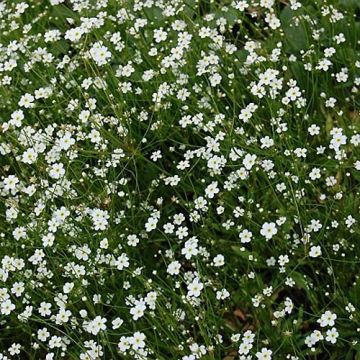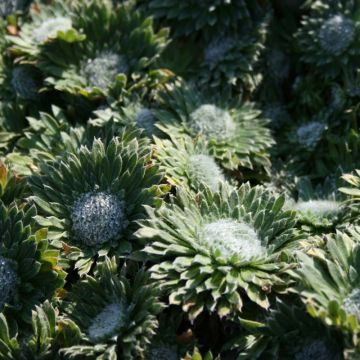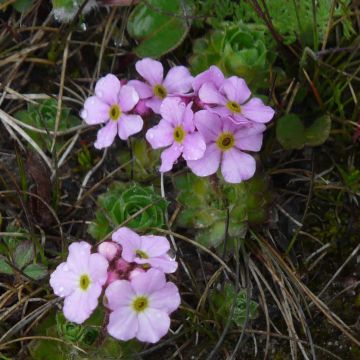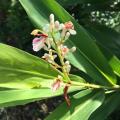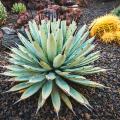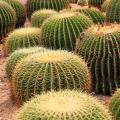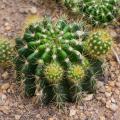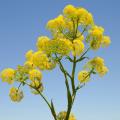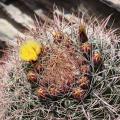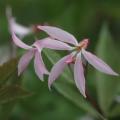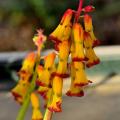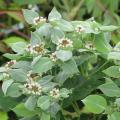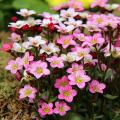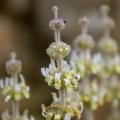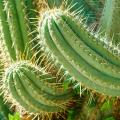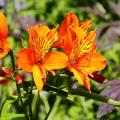Androsace
Would this plant suit my garden? Set up your Plantfit profile →
Available in 1 sizes
Available in 1 sizes
Available in 1 sizes
The Androsaces belong to the family of primulaceae; they are cousins of primroses. These small plants, often found in mountainous areas, are jewels for rockeries and borders. They charm with their spring flowering, white or pink, and their pretty basal rosettes of evergreen leaves. The genus Androsace includes about thirty perennial, biennial or annual species, which generally grow at high altitudes, on bare rock, in harsh conditions. Like the Alpine Androsace (Androsace alpinum), endemic to our Alpine massifs, many species are now protected. The Androsace sarmentosa, with its silvery rosettes and the A. septentrionalis, especially its variety 'Star Dust' with its small white flowers in spring, are quite easily cultivated. Other species, such as the A. sempervivoides with houseleek-like foliage, which is more demanding, will delight collectors and enthusiasts of alpine rockeries. Androsaces are very hardy and undemanding, but they do not appreciate the competition from other plants. They require well-drained soil but not too dry in summer. To accompany them, choose among perennial plants for rockeries and alpine perennials the varieties that are not too vigorous. Consider, for example, other jewels such as pasque flowers, alpine erinus, or even saxifrages.
Haven't found what you were looking for?





































